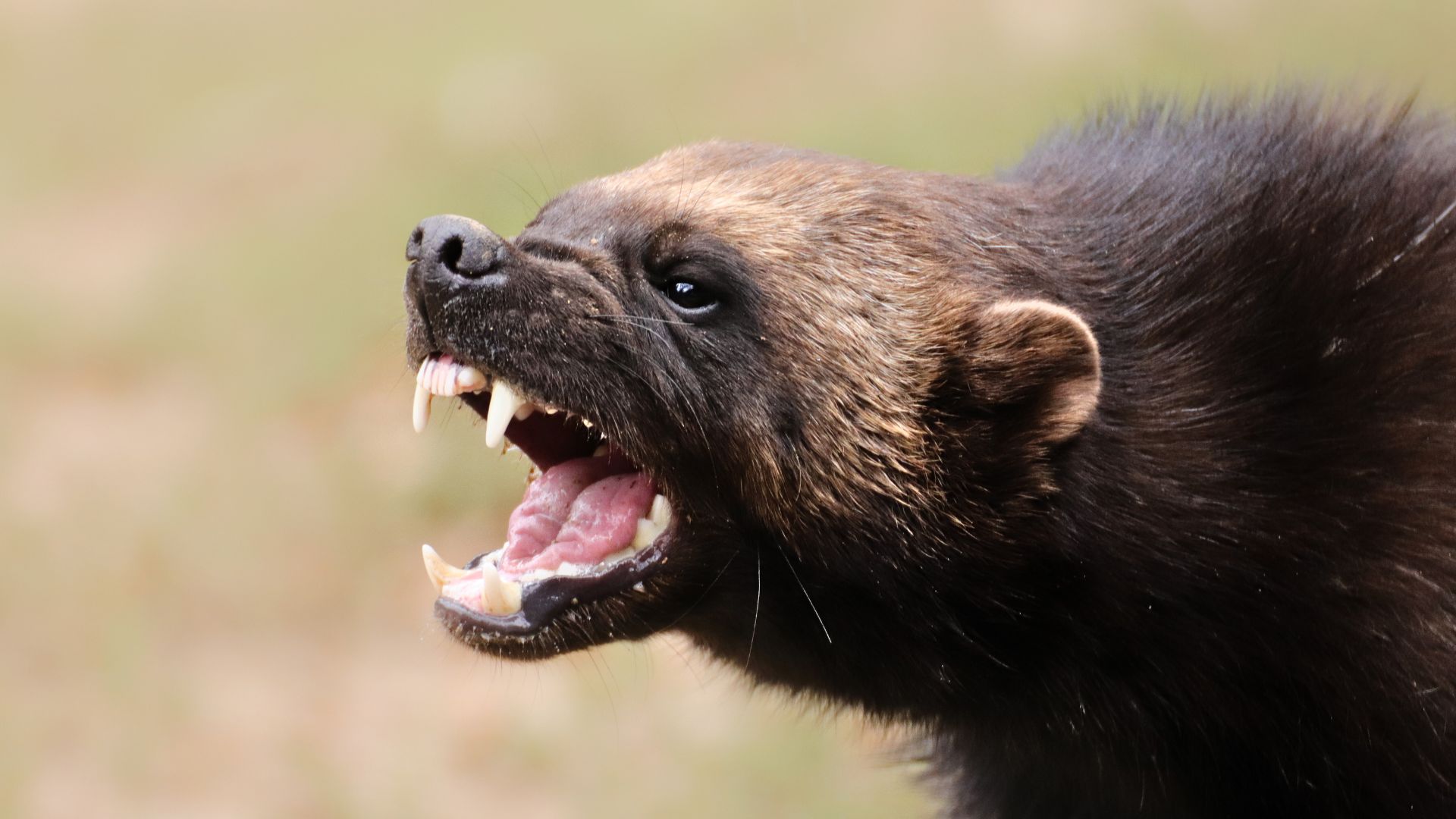America is home to a wide variety of wildlife, some of which can be quite dangerous. From venomous snakes to large predators, these animals can pose significant risks to humans.
This post explores fifteen of the most dangerous animals found in America, highlighting their unique characteristics and the potential threats they pose.
1. American Alligator
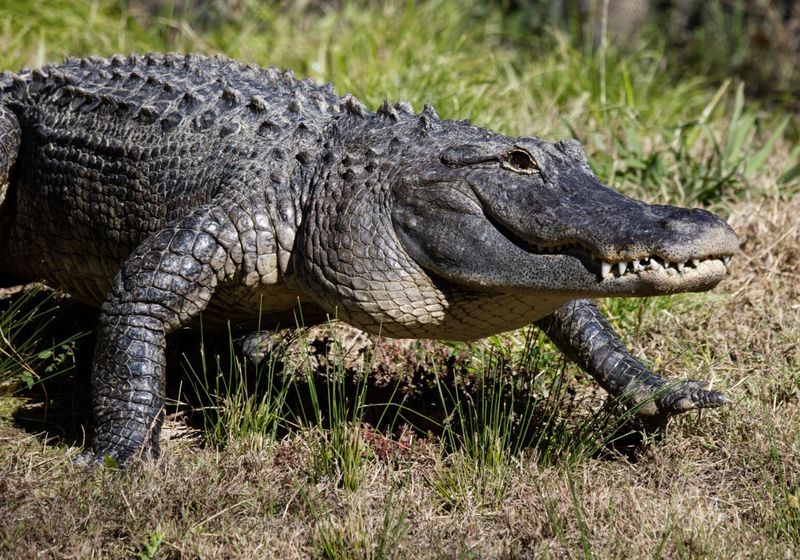
The American Alligator is a formidable predator found in the southeastern United States, particularly in Florida and Louisiana. This reptile can grow up to 15 feet long and weigh over 1,000 pounds.
Alligators are typically found in freshwater environments such as swamps, rivers, and lakes. They are known for their powerful bite, capable of crushing bones. Alligators are opportunistic feeders, preying on fish, birds, turtles, and even mammals.
Despite their fearsome reputation, attacks on humans are rare, but they can occur if provoked or if humans encroach on their territory. Alligator attacks can be fatal, but many can be avoided by maintaining a safe distance and respecting their habitat.
In recent years, conservation efforts have helped increase their population, which was once endangered. Visitors to alligator habitats should exercise caution and adhere to local wildlife guidelines to ensure safety.
2. Black Widow Spider
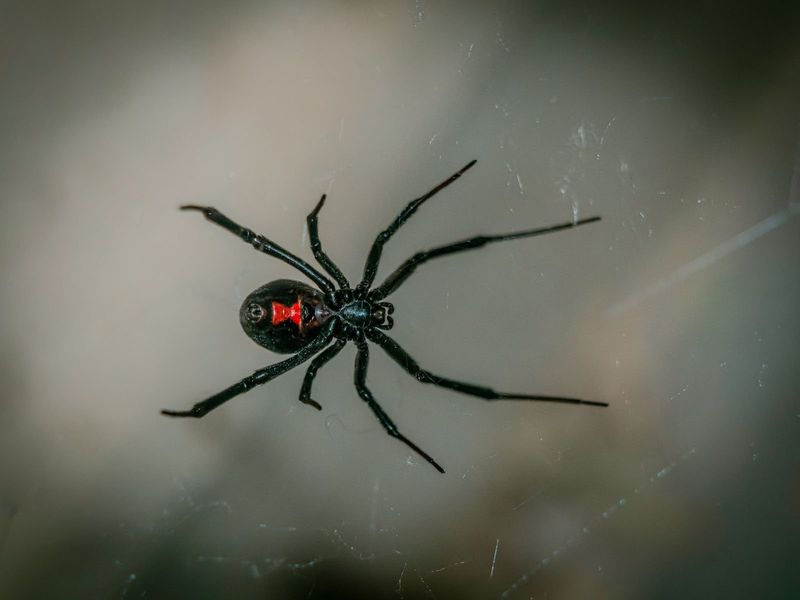
The Black Widow Spider is renowned for its potent venom, making it one of the most dangerous spiders in North America. Found predominantly in the southern and western United States, these spiders prefer dark, secluded areas like garages, basements, and woodpiles.
The female Black Widow is easily recognizable by her glossy black body and the red hourglass marking on her abdomen. A bite from a Black Widow can cause severe pain, muscle cramps, and nausea.
While bites can be serious, fatalities are rare due to advancements in medical treatment and the availability of antivenom. It’s essential to seek immediate medical attention if bitten.
Preventative measures include wearing gloves when handling firewood or reaching into dark spaces. Keeping areas free from clutter can also minimize encounters with these spiders. Despite their fearsome reputation, Black Widows play a beneficial role in controlling insect populations.
3. Bison
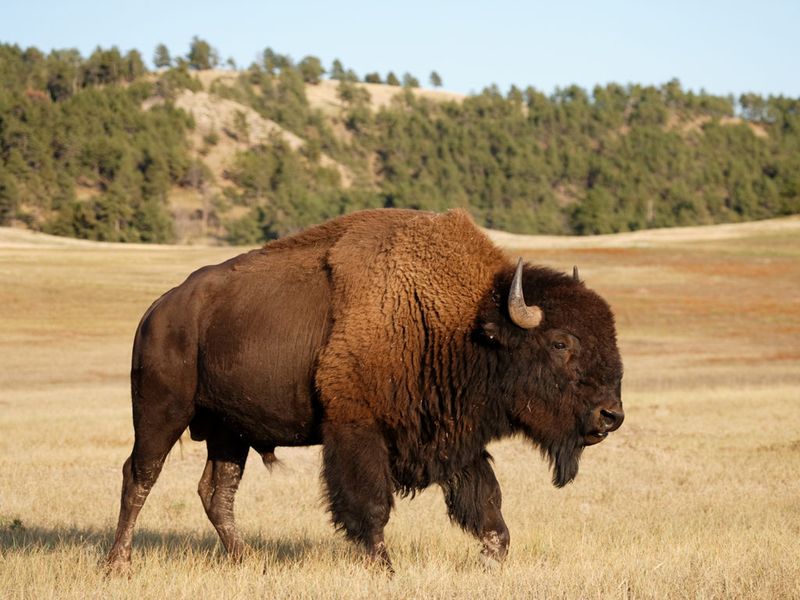
The Bison is an iconic symbol of the American frontier, but it is also one of the most dangerous animals in North America.
Weighing up to 2,000 pounds, these massive creatures roam freely in national parks such as Yellowstone. They can run at speeds of up to 35 mph, making them surprisingly agile despite their size.
Bison are generally peaceful animals, but they can become aggressive if provoked or if they feel threatened, especially during mating season or when protecting their young.
Every year, tourists who approach bison too closely are injured. It is crucial to maintain a safe distance, as bison can charge with little warning. To safely enjoy observing these majestic animals, visitors should follow park regulations and keep a minimum distance of 25 yards.
4. Eastern Diamondback Rattlesnake
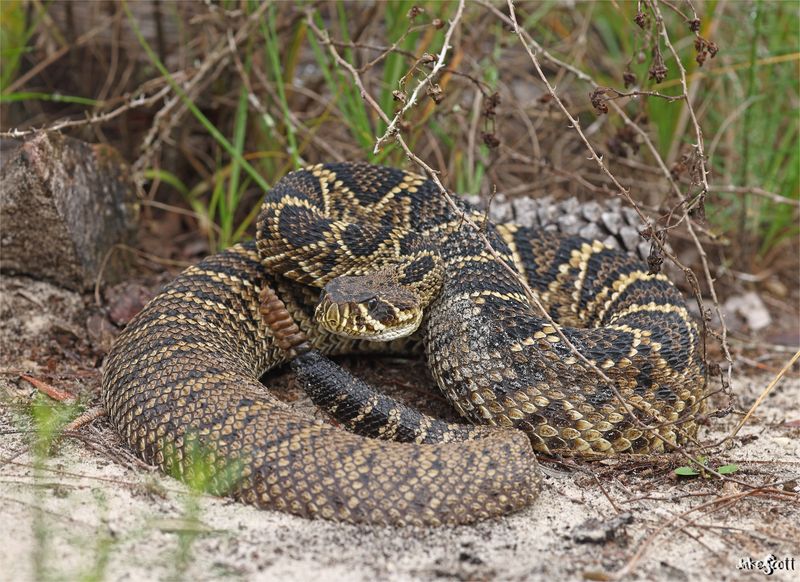
The Eastern Diamondback Rattlesnake is the largest venomous snake in North America, primarily found in the southeastern United States. With a length that can exceed eight feet and a weight of over ten pounds, it is a formidable presence in its natural habitat.
These rattlesnakes are known for the distinctive diamond-shaped patterns along their backs and the characteristic rattle at the end of their tails. Their venom is highly toxic, capable of causing serious injury or even death if untreated.
When threatened, the rattlesnake will use its rattle as a warning before striking. It is important to exercise caution when hiking or exploring areas where these snakes may reside. Prompt medical attention is crucial if bitten, as antivenom can significantly reduce the effects of the venom.
By respecting their space and being vigilant in their habitats, humans can safely coexist with these remarkable yet dangerous snakes.
5. Grizzly Bear
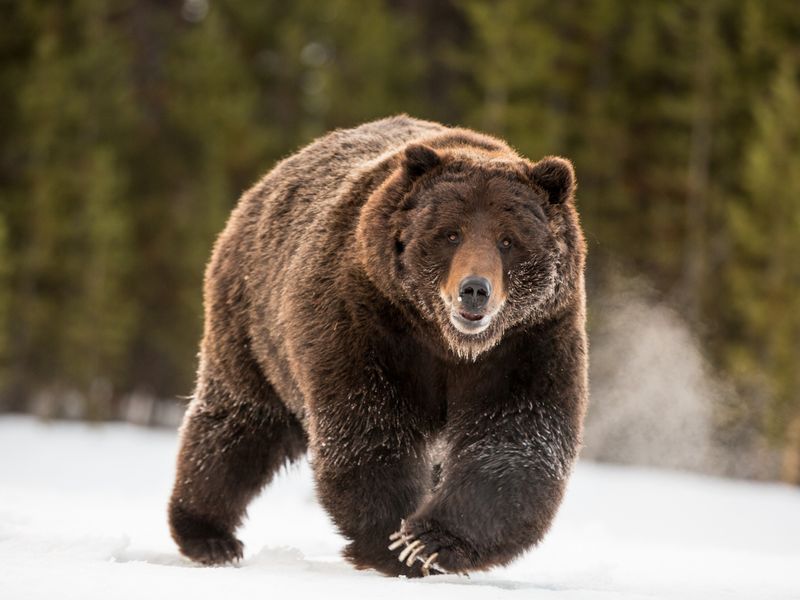
Grizzly Bears are among the most feared animals in North America, known for their immense size and strength.
Found in parts of Alaska, Wyoming, and Montana, these bears can weigh up to 1,500 pounds and stand over eight feet tall on their hind legs. Their distinctive hump and powerful claws make them formidable hunters.
While Grizzlies usually avoid humans, they can become aggressive if they feel threatened, especially when protecting cubs or food. Bear attacks, though rare, can be deadly.
Hikers and campers must carry bear spray and make noise to avoid surprising a bear. Grizzly Bears play a vital role in their ecosystem, controlling prey populations and dispersing seeds.
Respecting their space and following park guidelines can ensure a safe experience while appreciating their majestic presence in the wild.
6. Brown Recluse Spider
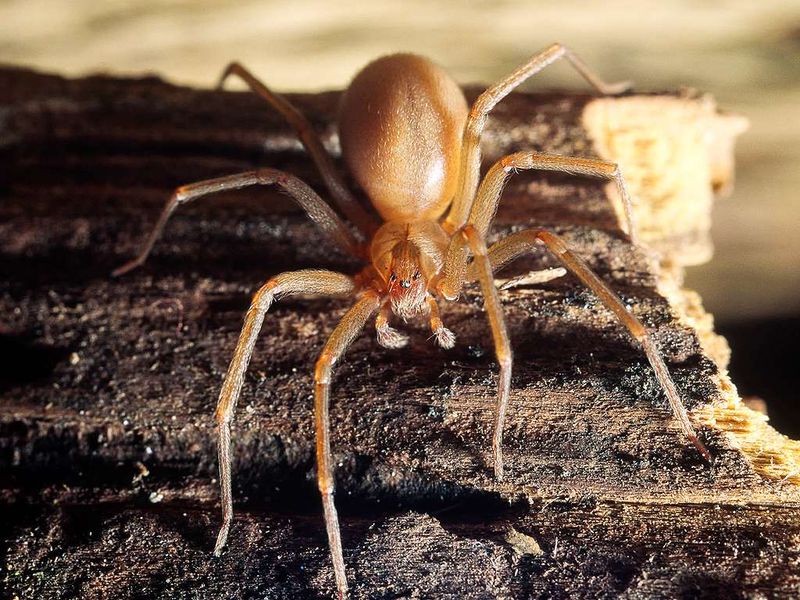
The Brown Recluse Spider, often misidentified, is one of the most dangerous spiders in the United States. Native to the central Midwest and southern regions, this spider is notorious for its venomous bite, which can cause severe skin necrosis.
Brown Recluse Spiders prefer undisturbed indoor areas like attics, closets, and storage boxes. Bites often occur when the spider is accidentally disturbed. Symptoms can include itching, pain, fever, and in severe cases, ulceration. Medical attention is necessary if bitten.
To reduce risks, it’s wise to shake out shoes and clothing before wearing them and to keep storage areas tidy.
Despite their dangerous reputation, they are not aggressive and typically bite only when threatened. Awareness and caution can help avoid unpleasant encounters.
7. Cougar
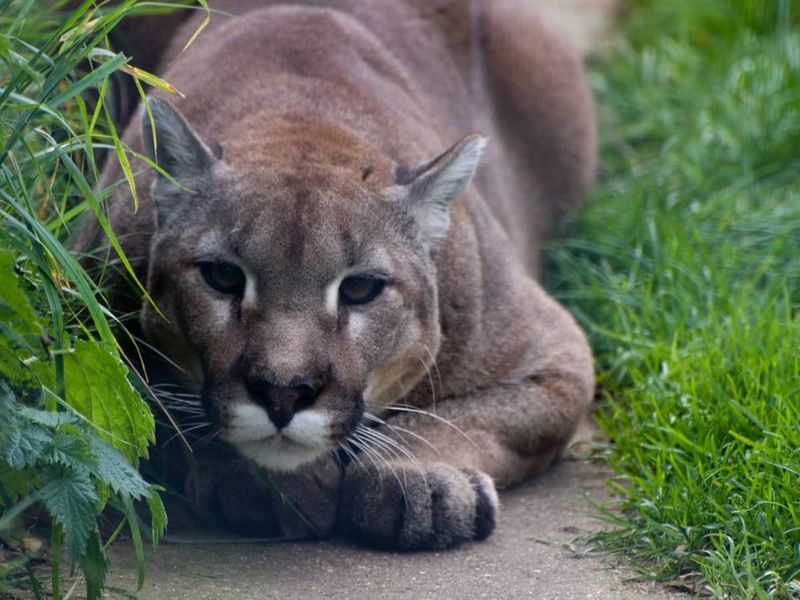
Cougars, also known as mountain lions or pumas, are powerful predators found throughout the western United States.
These solitary animals are adept hunters, capable of taking down prey much larger than themselves. Cougars can weigh up to 200 pounds and are characterized by their sleek, muscular bodies and long tails.
Attacks on humans are rare but can occur, particularly in areas where human development encroaches on their territory.
Cougars are most active at dawn and dusk, often ambushing prey with stealth and agility. To avoid encounters, it’s advisable to hike in groups and make noise.
If confronted by a cougar, standing tall, making eye contact, and slowly backing away can help deter an attack. Cougars remind us of the wild and untamed aspects of nature, deserving of both respect and caution.
8. Cottonmouth Snake
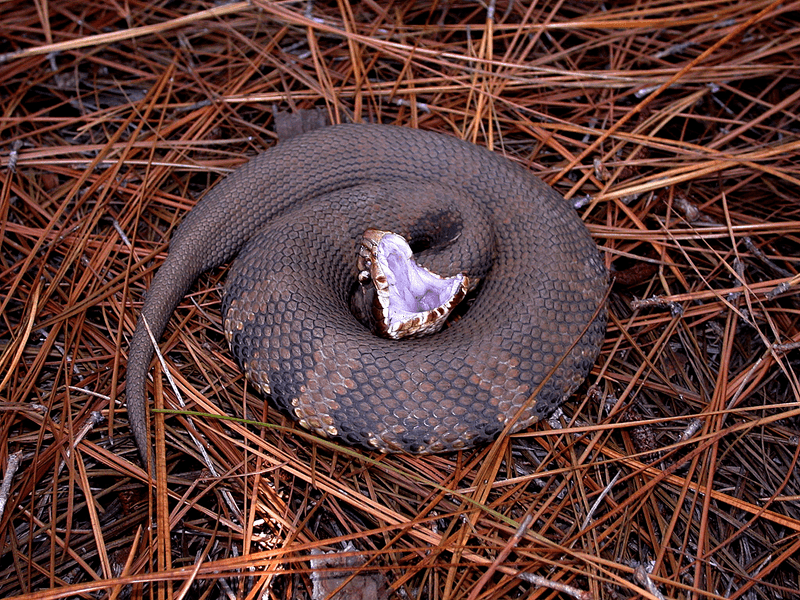
The Cottonmouth, or Water Moccasin, is one of the most venomous snakes found in the United States. Known for its aggressive behavior and potent venom, this snake is commonly found in or near water, such as swamps, marshes, and streams.
The Cottonmouth is recognizable by its thick, muscular body and the distinctive white interior of its mouth, which it displays as a warning.
Despite their fearsome reputation, Cottonmouths are not typically aggressive towards humans unless threatened or provoked. A bite can cause severe pain and tissue damage, requiring prompt medical attention.
Avoiding encounters with Cottonmouths involves staying on designated paths and being cautious when near water bodies.
9. Great White Shark
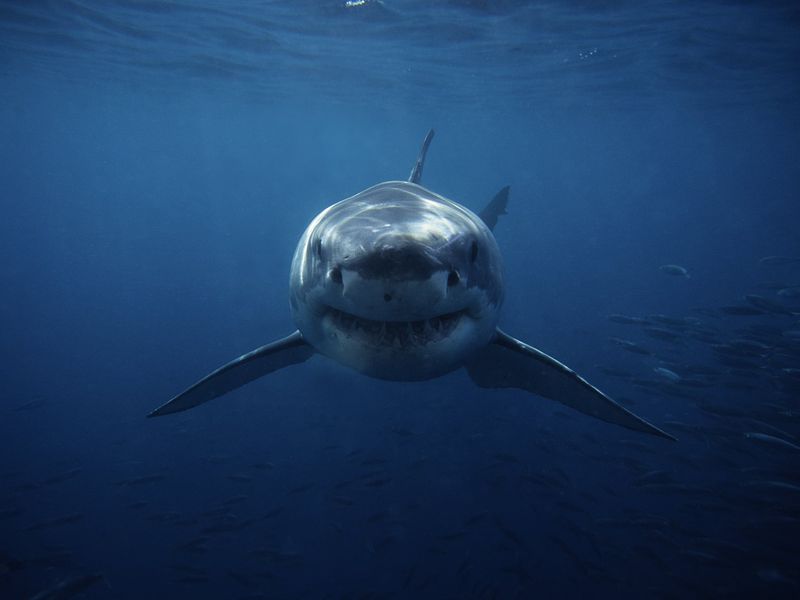
The Great White Shark is a renowned predator of the ocean, known for its size and power. Found in the coastal waters of the Atlantic and Pacific Oceans, these sharks can grow up to 20 feet long and weigh over 5,000 pounds.
Their keen sense of smell and speed make them formidable hunters. Despite their fearsome image, attacks on humans are rare, as they do not typically see humans as prey.
However, due to their size and strength, interactions can be fatal. Surfers and swimmers are more at risk, especially in areas with abundant seal populations, which are a primary food source for Great Whites.
To minimize risk, it is advisable to avoid swimming near seal colonies and to heed local warnings. The Great White Shark is an integral part of the marine ecosystem, deserving of respect and understanding.
10. Wolverine
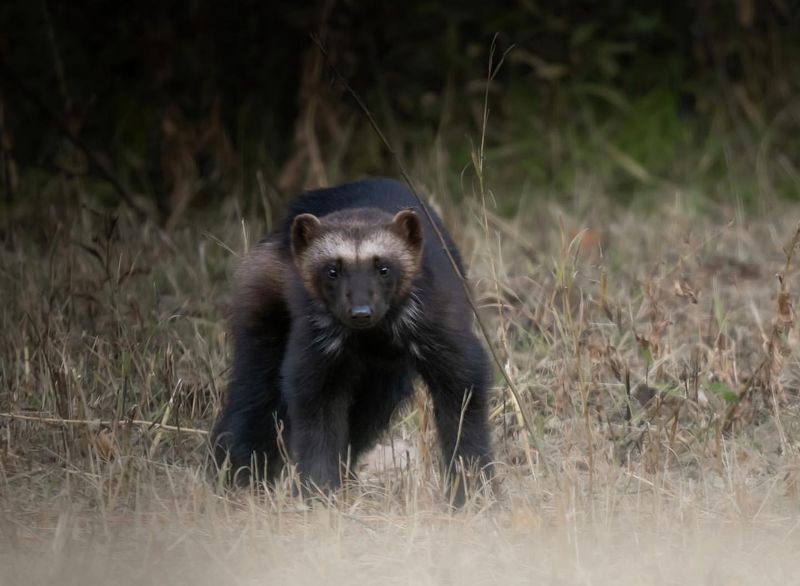
Wolverines are fierce and solitary predators found in the remote forests and tundra of the northern United States. Known for their strength and tenacity, these animals can take down prey much larger than themselves.
Wolverines have thick fur and are well-adapted to cold environments. Though generally elusive and avoiding human interactions, they can be dangerous if provoked or threatened.
Encounters with humans are rare due to their remote habitats. To protect these remarkable creatures, conservation efforts focus on preserving their habitats and reducing human encroachment.
Wolverine sightings are rare and considered a unique experience, symbolizing the wild and untamed spirit of the northern wilderness.
11. Coyote
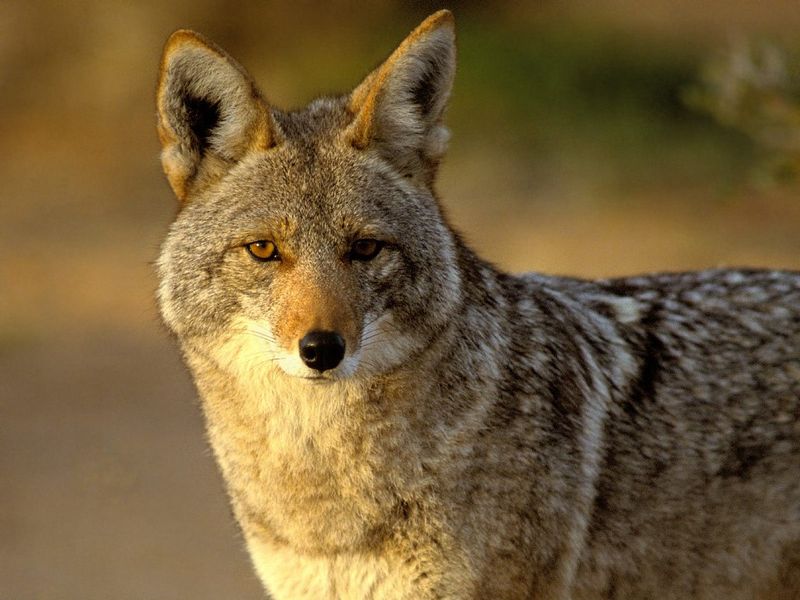
Coyotes are adaptable predators found across North America, known for their intelligence and cunning. These animals are smaller than wolves, with a lean build and bushy tail.
Coyotes often inhabit urban and suburban areas, leading to more frequent interactions with humans. While coyotes rarely attack humans, they can pose a threat to pets and livestock.
They are most active at night, often hunting in packs or alone. Coyotes help control rodent and small mammal populations, playing a crucial role in the ecosystem.
To prevent conflicts, certain preventative measures like securing garbage and supervising pets can deter coyotes from approaching human habitats. Understanding and respecting their role in nature can foster coexistence with these adaptable animals.
12. American Black Bear
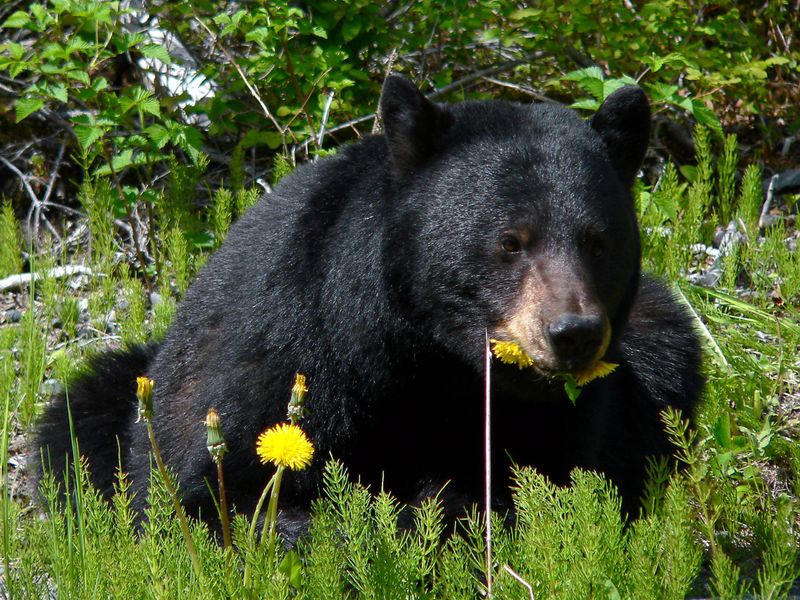
The American Black Bear is the most common bear species in North America, found in forests from Florida to Alaska.
These bears are generally less aggressive than Grizzly Bears but can still be dangerous if provoked or if humans come between a mother and her cubs.
Black Bears are omnivorous, feeding on a varied diet of plants, insects, and small mammals. They are excellent climbers and swimmers, making them adept at finding food.
While usually shy, they can become bold in search of food, especially in areas where human food sources are readily available. To minimize encounters, keeping food secured and using bear-proof containers while camping is advisable.
13. Rattlesnake
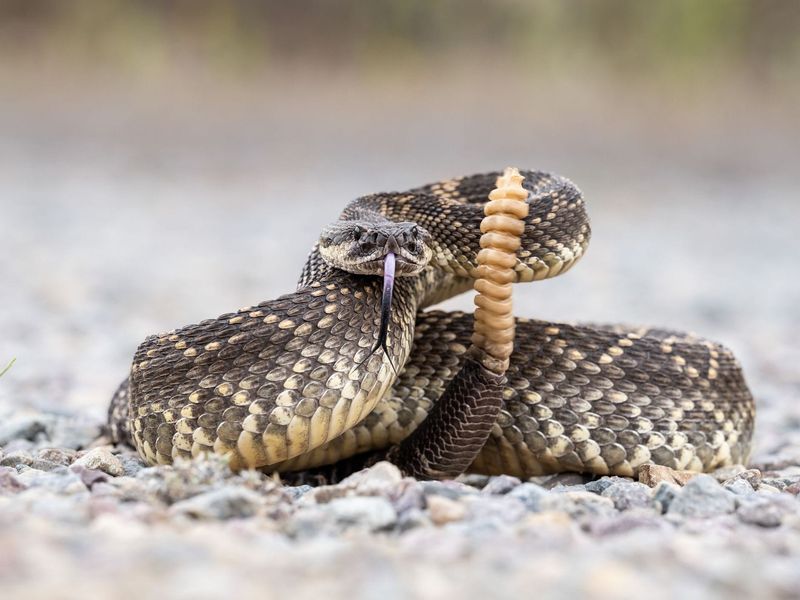
Rattlesnakes are venomous snakes found throughout the United States, easily recognized by the rattles on their tails. They inhabit a variety of environments, from deserts to forests, and are most active during warmer months.
Rattlesnakes use their distinctive rattle to warn of potential threats before striking. Their venom is toxic and capable of causing significant harm if not treated promptly. In case of a bite, seeking immediate medical attention is crucial.
To avoid encounters, it is important to stay on marked trails and remain vigilant while hiking. Wearing sturdy boots and watching where you step can mitigate risks. Rattlesnakes play an important role in controlling rodent populations, highlighting the need for respect and caution.
14. Moose
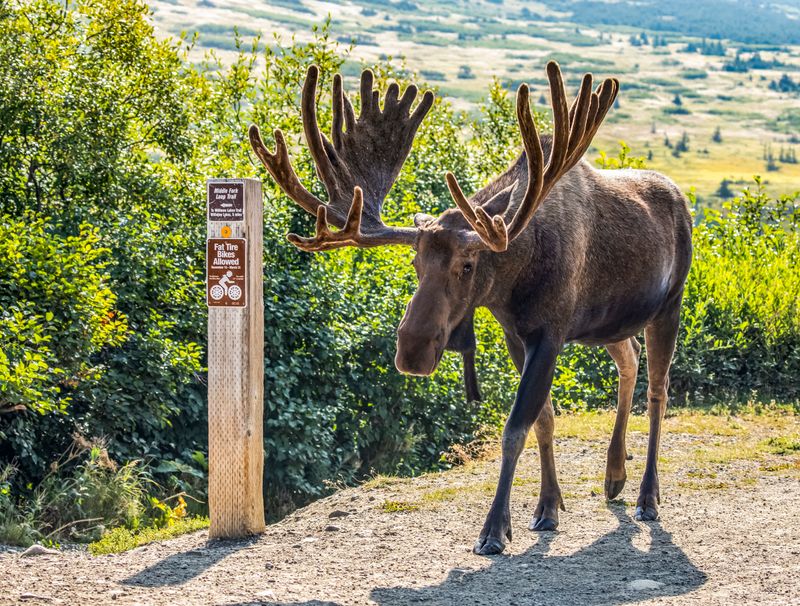
Moose are the largest members of the deer family, found in the northern United States and Canada.
These massive animals can weigh over 1,500 pounds and have antlers spanning up to six feet. Their size and strength make them a formidable presence in the wild.
While generally not aggressive, moose can become dangerous if approached, particularly during mating season or when with calves. Their powerful legs can deliver strong kicks, and they may charge if they feel threatened.
To avoid conflicts, it is wise to keep a safe distance and observe moose from afar. Their presence in the wild adds to the natural beauty of the landscape, reminding us of the importance of respecting wildlife and their habitats.
15. Timber Wolf
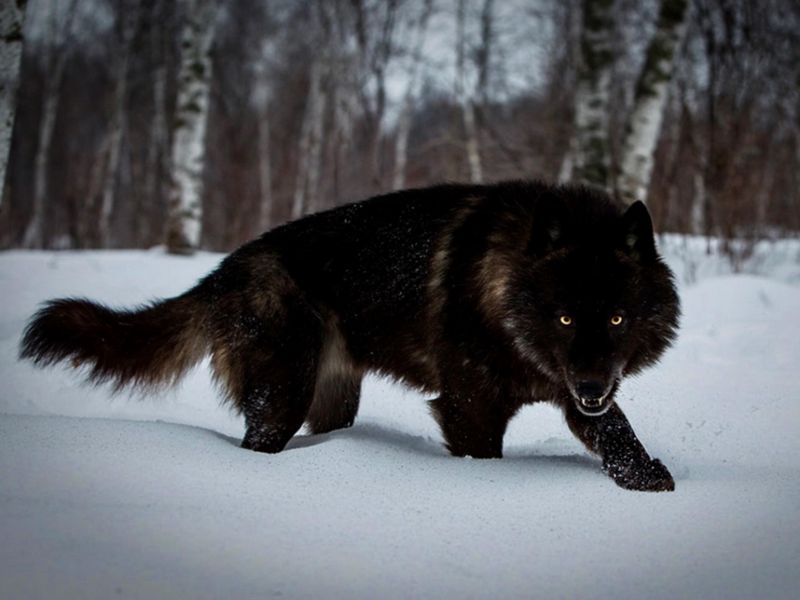
Timber Wolves, also known as Gray Wolves, are apex predators found in the remote wilderness of the northern United States. Known for their complex social structures, wolves live and hunt in packs, relying on teamwork to take down large prey like deer and elk.
Though wolves rarely attack humans, they can be a threat to livestock, leading to conflicts with ranchers. Wolves communicate through howls, which can be heard over great distances, adding to their mystique and allure.
Conservation efforts focus on protecting wolf habitats and ensuring coexistence with human activities. Wolves are a symbol of the wild and untamed spirit of the wilderness, deserving of protection and respect.

